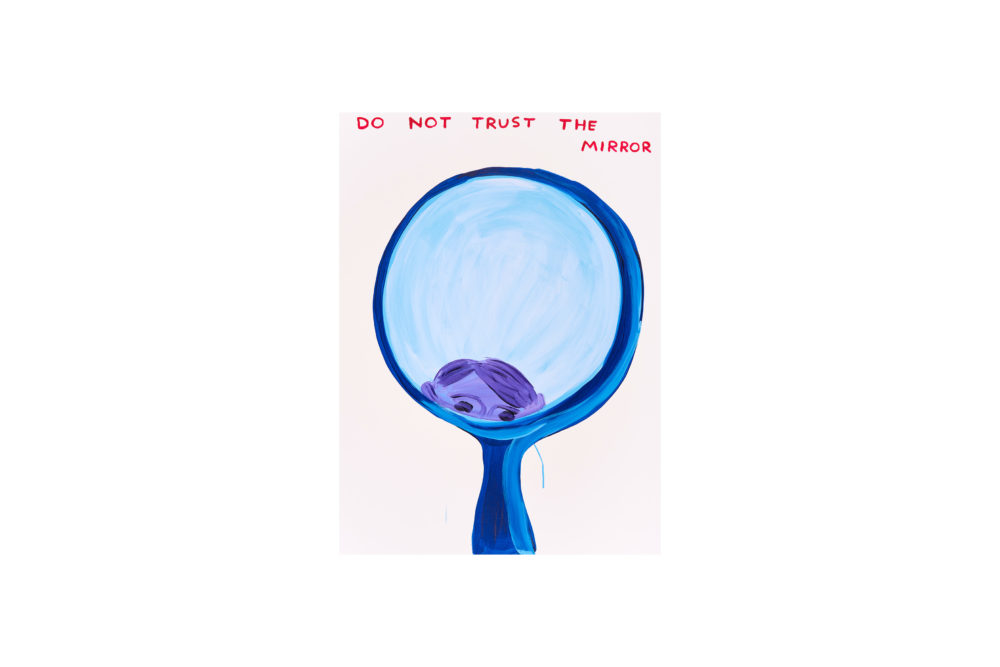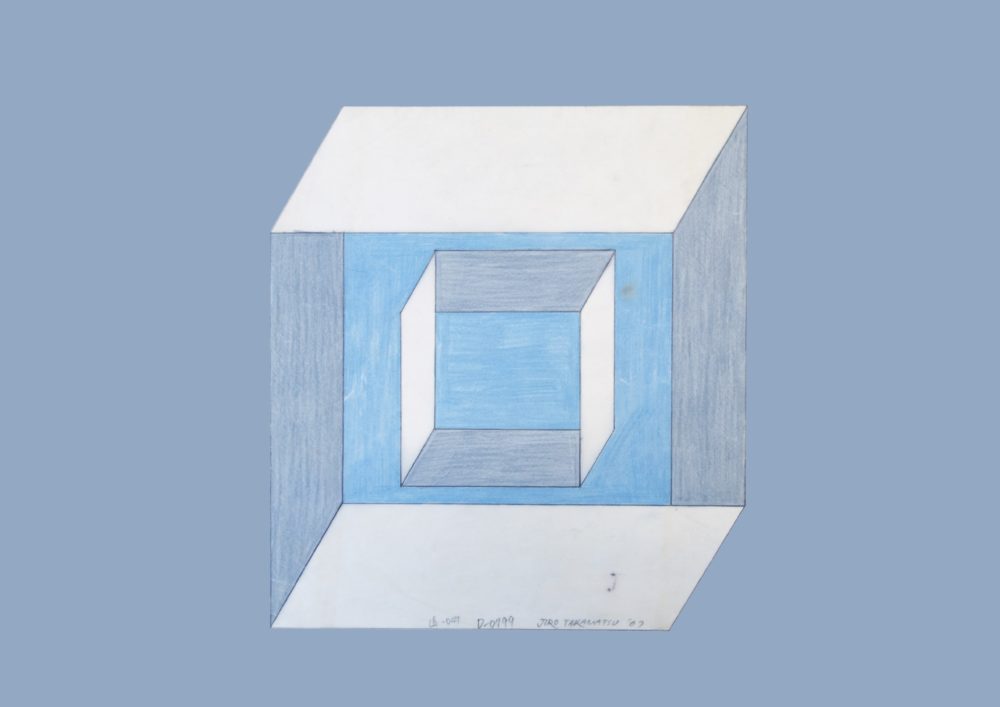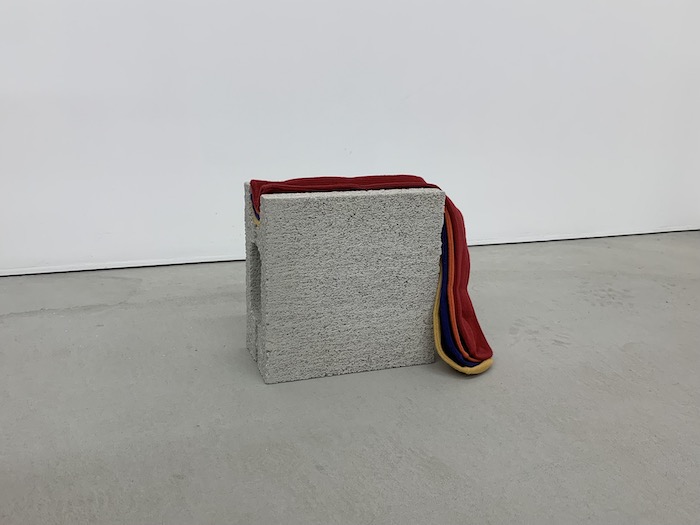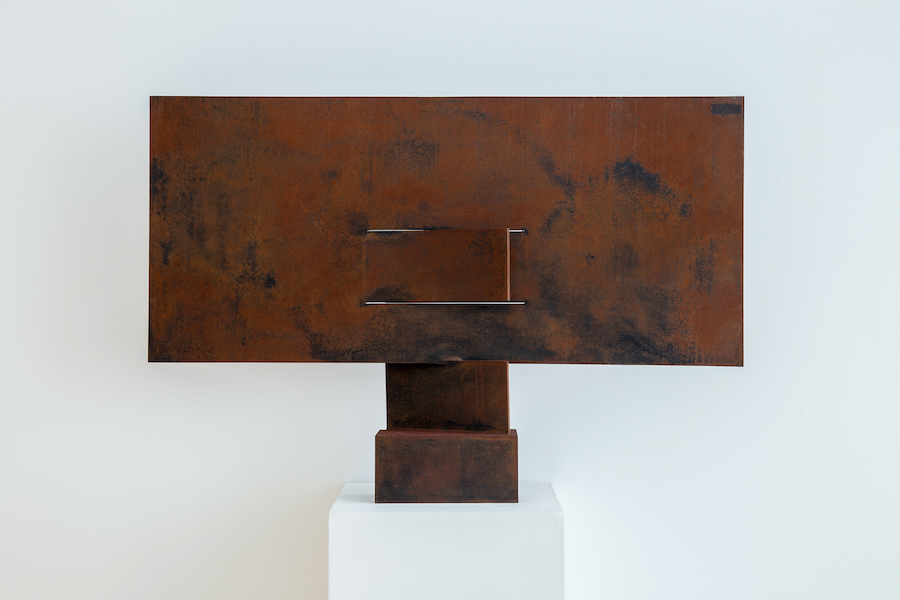Exhibitions
木下佳通代 「等価に存在する何か。」
The Estate of Kazuyo Kinoshita “In Search of Substantiality – Unifying the Absolute and the Relative / Kazuyo Kinoshita”

1939年に神戸に生まれ60年代から作家活動を始めた木下佳通代は、94年に亡くなるまで”我々が存在する世界の中における存在とは何か”という問いを、作品を通して概念化し続けた作家でした。
木下の作品制作への始まりは、自己の存在を確認することから始まります。物を相対的なものとして捉えれば、存在の在り方は希薄になっていきます。自身の存在も希薄になっていくことに恐怖を覚えたという木下の制作は、それを取り除くために制作を行い、制作することで自己確認を行い、自身の中に生まれた不安を埋めるという作業を繰り返すことになります。
戦後、50年代半ばから70年代初頭にかけ、関西では具体美術がアートシーンの中心となりますが、その一方で、60年代から70年代初頭にかけては、ハイレッドセンター、ネオダダや九州派、時間派といったハプニング、イベントといったパフォーマンスを中心としたグループが、反芸術運動の気運のもと、全国に次々と形成されていきます。そうした時代の境界で活動を始めた木下は、66年に初めての個展を行い、また65年から68年まで、神戸で河口龍夫をリーダーとし結成されたグループ”位”と行動を共にします。木下の極めて強い概念的な本質性は、こうした時代背景と、そのような活動を通してより開けていくこととなります。
同じものを見ているつもりでも、人によって見るもの、見えているものは違うということ。こうした認識の差異こそがその存在を多様なものするが、実在は一つでしかない。木下は、絶対的存在と相対的存在の間にある実在性を、視覚的に表現しようと試みました。個々が受容する際に生じる差異性と普遍性を同在させること、内側と外側を等価にしてしまう在り方を、制作を通じて生涯求め続けたのです。
そうした概念を表現するために、木下にとって写真は都合のよい媒体でした。
目の前に一枚の写真があるとすると、それが例え一点であっても、見る人の捉え方によっては違った意味をそれぞれにもたらすこととなります。10人が同時に見れば、10人各自の認識によって、10の存在の在り方が生まれます。
そうした認識による存在の多様性を視覚化するために、写真の複数性という属性が必要だったのです。
こうして、70年代半ばまでは主に写真を用いて制作してきた木下でしたが、70年代の後半からは、平面と空間における存在の在り方、存在そのものを平面上で作るという新たな表現の試みへと移行していきます。
これまでの自己の概念的なものへのこだわりを捨て、限られた平面をいかに自立させて積極的に存在させるか、言葉を超えて、より自由な精神の開放の場としての絵画を求めたのです。
木下は、80年代から絵画を本格的に描いていきますが、その時期はちょうど世界的にニューペインティングが出現してきた時期と重なります。しかし彼女が到達しようとした先は、全てが等価となり絶対的な存在となる世界を画面の中で成立させるという、新しい概念的絵画の誕生にありました。
本展では、初期の写真作品と晩年まで描き続けた絵画作品を前期、後期に分けて紹介します。この機会に是非ともご高覧ください。
-----
Kazuyo Kinoshita was born in Kobe in 1939. She started to create art in the 60s and continued to work until her death in 1994; her work always conceptualized the question of ‘self’ and ‘existence’.
For Kinoshita, the act of art creation started as confirmation of her own existence for which she felt the fear of losing when she observed everything in the environment as having only non-absolute, relative existence. She was then in a constant cycle of creating art to eliminate the terror and to confirm her being, consequently eradicating the anxiety arising from the original observation.
From the middle of the 1950s to the early 70s, the group Gutai was at the center of artistic activities in Kansai, a region in the western part of Japan where the artist lived. Whereas on a national scale, the younger groups such as High Red Center, Neo Dada, Kyushu School, Timism, who experimented with highly performative methods of Happening or Event were developed to cultivate the anti-art movements from the 60s to the early 70s. Amid the flourishment of such avant-garde movements gave her first solo show in 1966 and came in close contact with the group ‘I’ in Kobe from 1965 to 1968, whose leader was Tatsuo Kawaguchi. The essentially conceptual nature of Kinoshita’s work was strengthened by the influence of the trend at the time and the connection to the group.
It is the fact that there are always disparities between observations by different people towards the same things. Such differences in human cognitions give multiple characters to an object. However, it is also true that the object itself has only one existence. In her work, Kinoshita tried to visualize the substantiality that exists between the absolute and the relative. In other words, she aimed for the coexistence of the possibility of observational differences and innate universality within the object that we perceive; striving to create a unity where the inside and the outside become one.
Photography was a convenient medium for the expression of such ideas because a photo can present various different meanings depending on different viewers’ interpretations of it. If ten people see the same picture together, ten different pictures will be conjured into existence because of their different perspectives. Kinoshita made good use of photography’s nature of multiplicity to express her idea about the diversity of existence arising from people’s cognitive differences.
However, in the middle of the 70s, leaving her persistent adherence to conceptual methods, she started to paint to tackle the issue of the relationship between existence and space; and sought to found the substantial existence within her pictorial space that lay beyond words, thereby establishing a place for free spirit. She aimed to establish two dimensional space that actively existed as an autonomous being.
In the 80s, Kinoshita started to focus on the medium of painting. It was coincidentally the same time that the rise of ‘new paintings’ took place around the world. However, her work was contrary to the subjective trend of the time; it was aimed at developing new conceptual paintings which realized pictorial space that negated the boundaries between the subjective and the objective, where all of the elements became equivalent and absolute.
The exhibition is in two parts; the first part (18th March to 8th April) will show early photographic works; the second part (13-28th April) will present paintings of the later years.
前期:2017 年 3 月 18 日(土)- 4 月 8 日(土)







後期:2017 年 4 月 13 日(木)- 4 月 28 日(金)






Past Exhibitions






